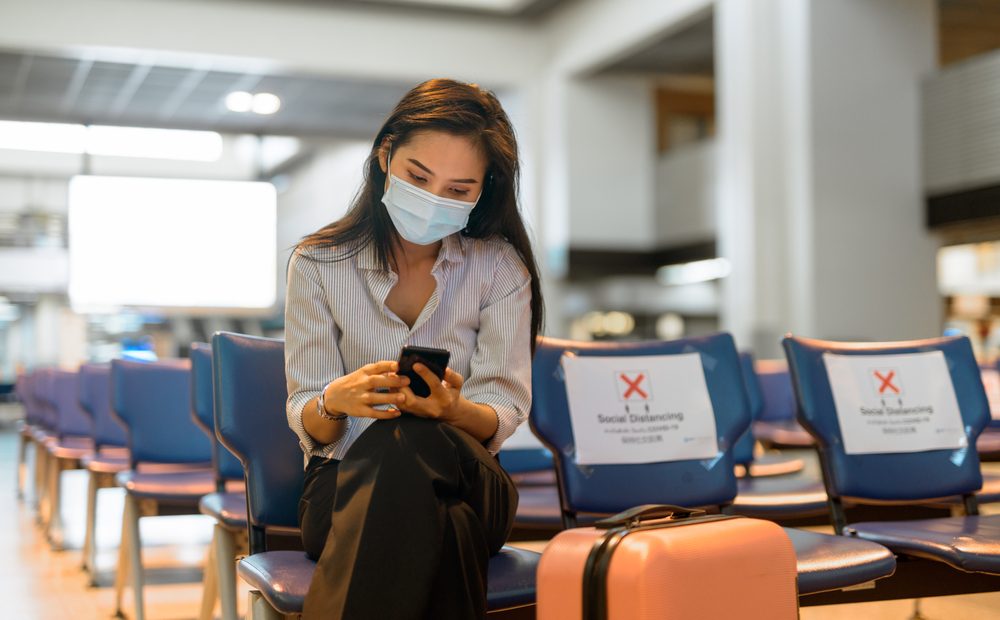Many people in the USA are beginning to travel again. In fact, December 28th saw the highest number of airport passengers since the pandemic began back in March. If you have to travel during the pandemic, the CDC has offered guidelines on how to do it as safely as possible. Here are their recommendations:
Before You Travel
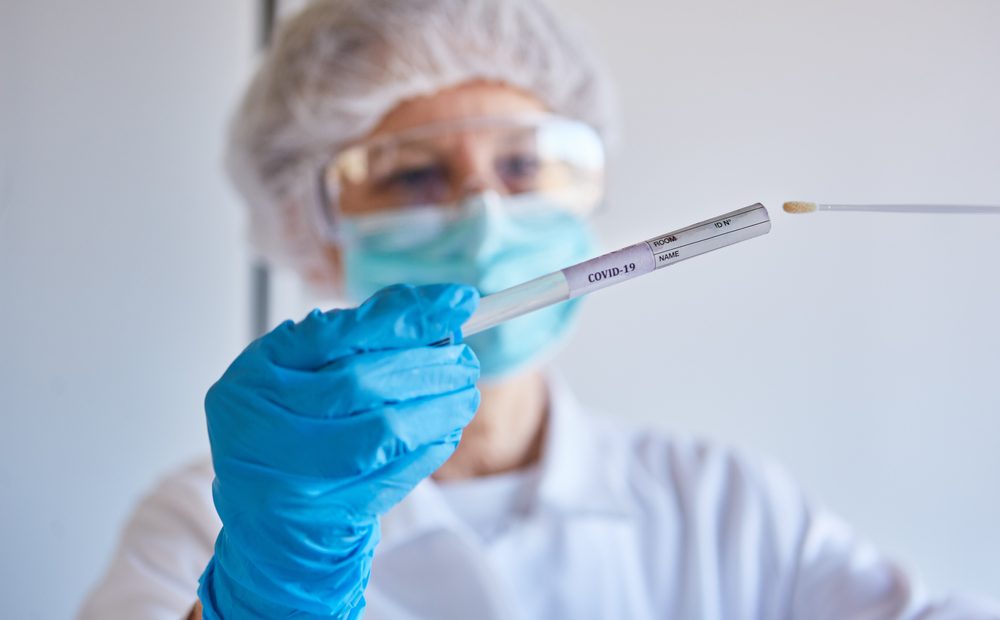
Wear a mask:
The best way to keep yourself safe is to wear a mask. If you’re planning on traveling, especially if you’re traveling somewhere to meet up with loved ones, it’s important you do everything you can before you travel to keep you (as well as your friends and family) safe when you reach your destination. Remember, the coronavirus can have a two-week incubation period before you show symptoms. So whatever you do two weeks before travel can have an impact.
Stay 6 feet apart:
Another key tip to staying safe before travel is to distance yourself from others. If you isolate in the days prior to your departure, your chances of having and spreading the virus drop drastically.
Test:
The CDC recommends that you get tested 1-3 days before your departure. While getting a negative COVID test can’t provide you with 100% assurance that you don’t have the virus, it can still be a valuable tool. In fact, many cities across America now offer the rapid test, which provides results in 15 minutes. The nasal rapid test has about a 90% accuracy rate, which the CDC says is an appropriate gauge for monitoring the virus. For the most accurate results, try booking an afternoon or evening flight and getting a rapid test that morning.
During Travel
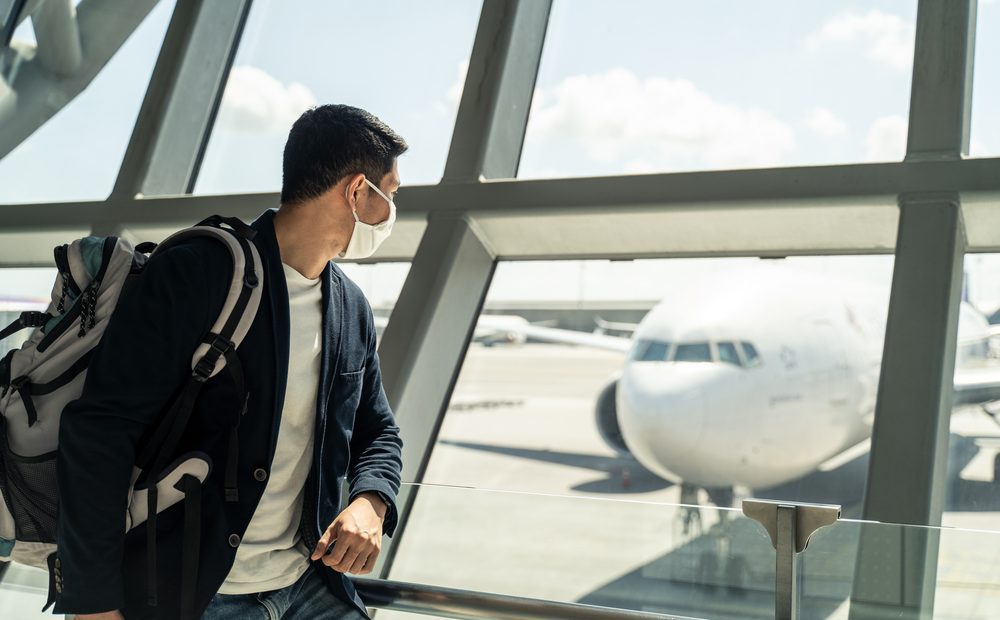
Wash your hands:
While at the airport or train station, take advantage of the bathrooms to wash your hands frequently. Many restrooms are completely touch-free, with no doors and automatic sinks, soap dispensers, and paper towel dispensers. It’s a great way to keep your hands clean.
Use hand sanitizer:
During times when you can’t wash your hands (like when you’re sitting in an airplane) using hand sanitizer is a great way to ensure that you don’t pick up any unwanted germs during your travels. Many airlines provide hand sanitizer and a disinfectant wipe to all travelers boarding the aircraft, but it never hurts to buy a travel-sized bottle to keep in your carry-on just in case.
Keep your mask on:
The best thing you can do while traveling is to keep your mask on as much as possible. The official policy states that you can take your mask off while eating or drinking, but if you’re taking a shorter flight or train ride, try forgoing the snack until you reach your destination.
At Your Destination
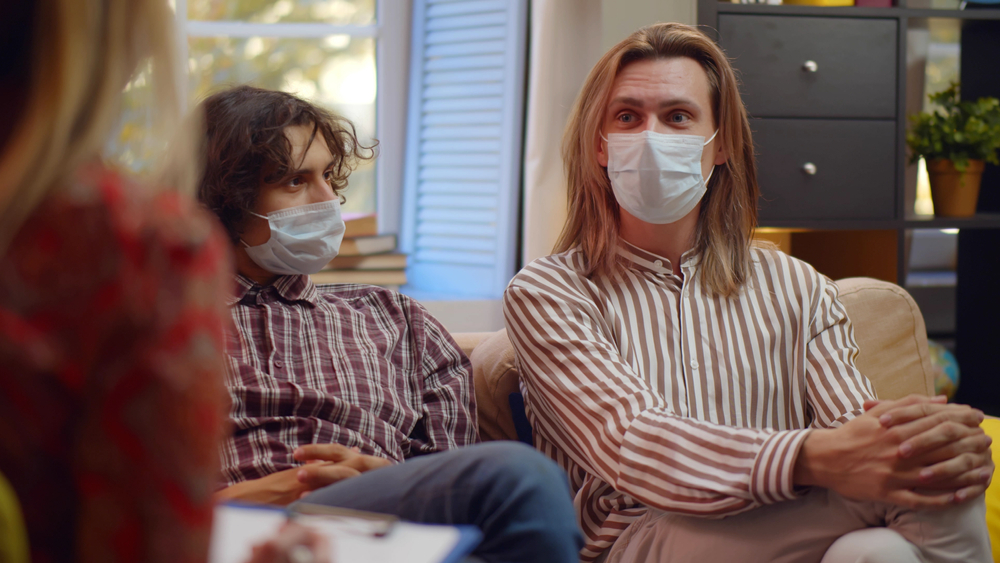
Test again:
The CDC recommends testing again 3-5 days after reaching your destination. The reason for the interim period is because the longer you wait, the more accurate your test results will be. For example, if you flew home on a Sunday, then got a COVID test on Monday, the virus might not have had enough time to multiply in your body, therefore making it more difficult for the test to detect whether or not you’re infected.
Distance if possible:
If possible, it’s recommended that you distance yourself until you’re able to get your COVID test. Some people book a hotel room for 5 nights, others get Airbnbs, and some simply wear a mask indoors and try to keep their distance from their families when they arrive. However you manage to do it, it’s better than nothing. Just remember that your actions can impact the lives of those around you.
Avoid crowds:
Before, during, and after travel, it’s advised to avoid crowds. While at the airport, avoid crowded areas. Get TSA Precheck or CLEAR to get through security lines faster. Avoid popular party destinations or destinations in states that are do not ave COVID guidelines. Use common sense, now is probably not the time to go to theme parks, movie theaters, malls, or bars. If you are traveling during the pandemic, make trips to small towns, outdoor escapes, or family stays away from others.
When Returning Home
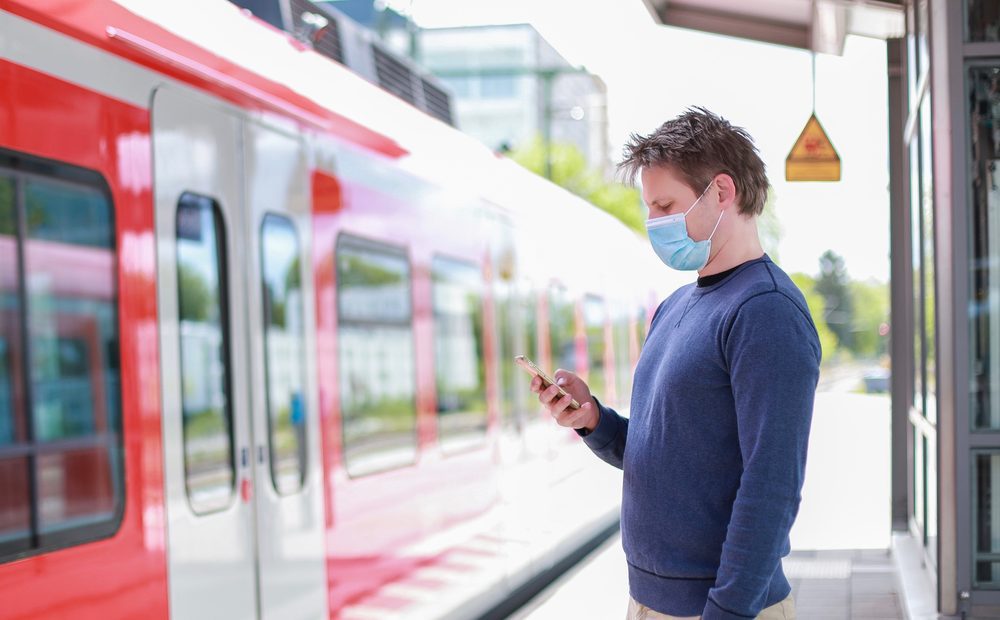
If living alone, isolate yourself and test:
If you live alone, it’s always recommended that you quarantine for 14 days (or 10 days if you get a COVID test and have no symptoms). See if you’re able to work from home, refrain from hanging out indoors with friends, and limit the number of times you run errands to the grocery store or bank.
If living in a shared residence:
Many people live in shared residences, whether it be with roommates, or in a dormitory. In these scenarios, it’s important to remember the rules for visiting friends and family: If possible, isolate yourself as much as possible. Wear masks in common areas, and refrain from long-term contact (for example, don’t sit down for a night of video games with the roomies). It’s also more important to get tested after returning home if you live in a shared residence, as you can easily spread COVID to those you’re living with.
For more information, visit the CDC’s page on COVID-19.

